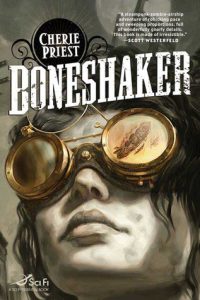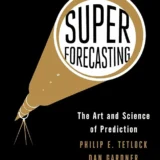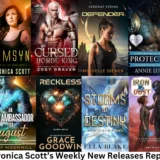 Strap on your goggles, fire up the boiler and let’s lift off toward adventure. Its time to tackle the wonderful world of steampunk!
Strap on your goggles, fire up the boiler and let’s lift off toward adventure. Its time to tackle the wonderful world of steampunk!
So what is steampunk exactly? Surprisingly it is difficult to describe, even steampunk.com couldn’t give me a simple answer. In my experience steampunk is a sub-genre of science fiction inspired by the social mores of Victorian England and the technology of the Industrial Revolution, but more advanced then it would be in our history. Stories are often set in Britain, but the American Wild West is another popular setting, but any part of the world could be the location of a steampunk adventure, including the Decembrist Russia of Ekaterina Sedia’s Heart of Iron. Characters are often confronted with the social upheaval caused by the presence of new technologies and the changes they bring. Although this seems like alternate history, and yes the two genres are related, steampunk can range from pure fantasy to post-apocalyptic. This is just evidence at how versatile the genre can be..
 Now I have touched on the steampunk in past reviews and articles, but this will be the first time I will be dedicating a significant part of my reading time to learning about the genre. There is little doubt that the popularity of steampunk has exploded in recent years. Google Trends shows the number of times the term “steampunk” has been searched has skyrocketed since 2007. An IBM supercomputer even predicted steampunk would be the next fashion trend of 2013.
Now I have touched on the steampunk in past reviews and articles, but this will be the first time I will be dedicating a significant part of my reading time to learning about the genre. There is little doubt that the popularity of steampunk has exploded in recent years. Google Trends shows the number of times the term “steampunk” has been searched has skyrocketed since 2007. An IBM supercomputer even predicted steampunk would be the next fashion trend of 2013.
Wait a second. What does fashion have to do with SF literature? To tell you the truth, not much, and that is becoming a problem. Don’t get me wrong, I have great respect for the steampunk cosplayers and gadgeteers, but there is no denying that the aesthetic side of steampunk has eclipsed the literature side. It has inspired artists in many unique ways. Musicians, plays, television and films are all now getting a shiny brass coating. What happens, however, when the flash takes on more importance than the depth? Is story suffering in the steampunk genre?
 One only needs to glance at the history of steampunk to see how closely the genre tied into alternate history. Today, however, it seems more and more published steampunk is moving away from its alternate history background. In fact some feel alternate history as a unique genre is changing due to the lack of demand for anything without zeppelins! Trust me, I have seen first hands what happens when people want a story that looks steampunk instead of being steampunk.
One only needs to glance at the history of steampunk to see how closely the genre tied into alternate history. Today, however, it seems more and more published steampunk is moving away from its alternate history background. In fact some feel alternate history as a unique genre is changing due to the lack of demand for anything without zeppelins! Trust me, I have seen first hands what happens when people want a story that looks steampunk instead of being steampunk.
Of course not all recent steampunk works fall into the category of steampulp or gaslight fantasy (or just plain garbage). Some novels still manage to present a world full of depth. Boneshaker by Cherie Priest is a good example, where we find a North America still locked in the Civil War. Meanwhile, Bioshock Infinite has proven that even video games are legitimate media for telling a story.
And that is what I am looking for: a story. A really meaty story I can sink my teeth into. Don’t just put top hats on the men and corsets on the women and call it steampunk. You might have the steam, but where is the punk? I want to see the changes, the upheaval, the chaos that comes when people in the past are forced to deal with the problems of the future. Whatever drama the main characters are experiencing, you should always have that undercurrent of change. Change, however, is not always easy or good and people should wide variety opinions about the change.
That is steampunk and I hope in the coming weeks to present to you dear reader some examples of stories that I think fit the bill. I am already half-way done with the award-winning (and some say father of the genre) The Difference Engine by William Gibson and Bruce Sterling. Later I also plan to review The Place of Dead Kings by Geoffrey Wilson, sequel to Land of Hope and Glory, a book I thoroughly enjoyed and I hope its successor lives up to my high expectations.
I might throw some more titles in, but for now its a good start. Just remember, tropes aren’t enough. Without the a well-written and researched story, all you have is a mess of cliches. Central to every revolution is a great story. There are a lot of great steampunk tales out there and I hope you all join as we seek them out. Let us be like the great explorers of old and run off without fear into the unknown.









